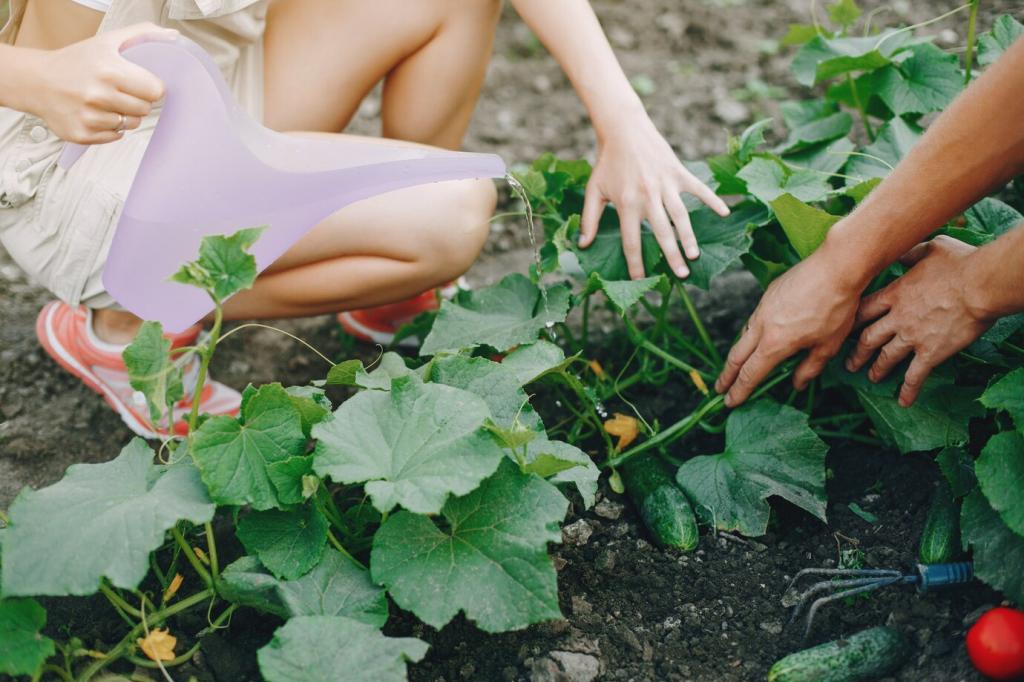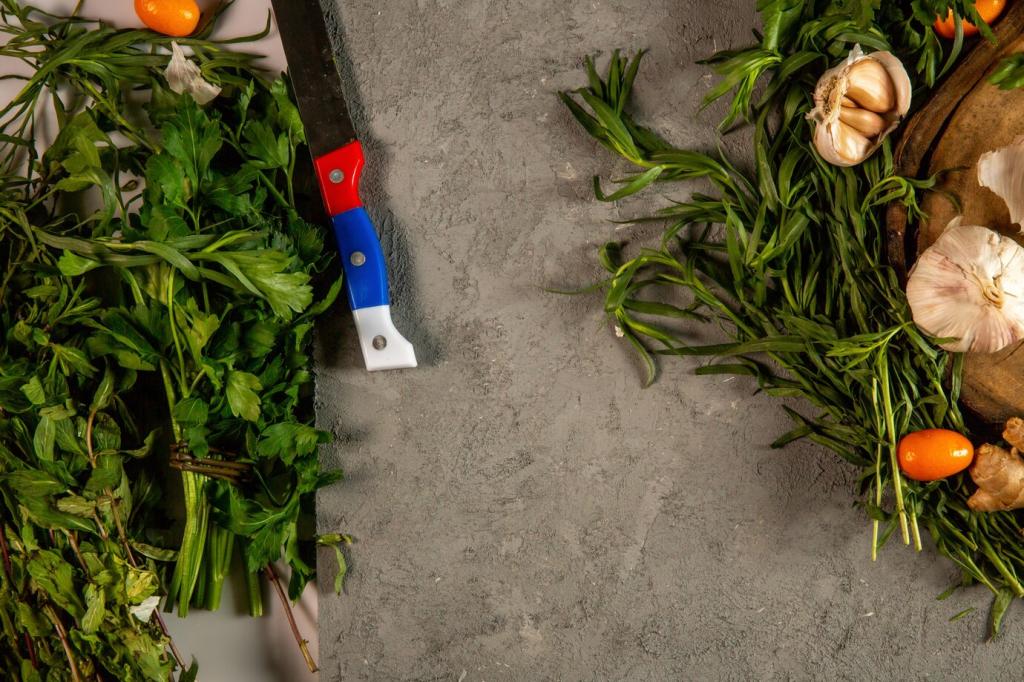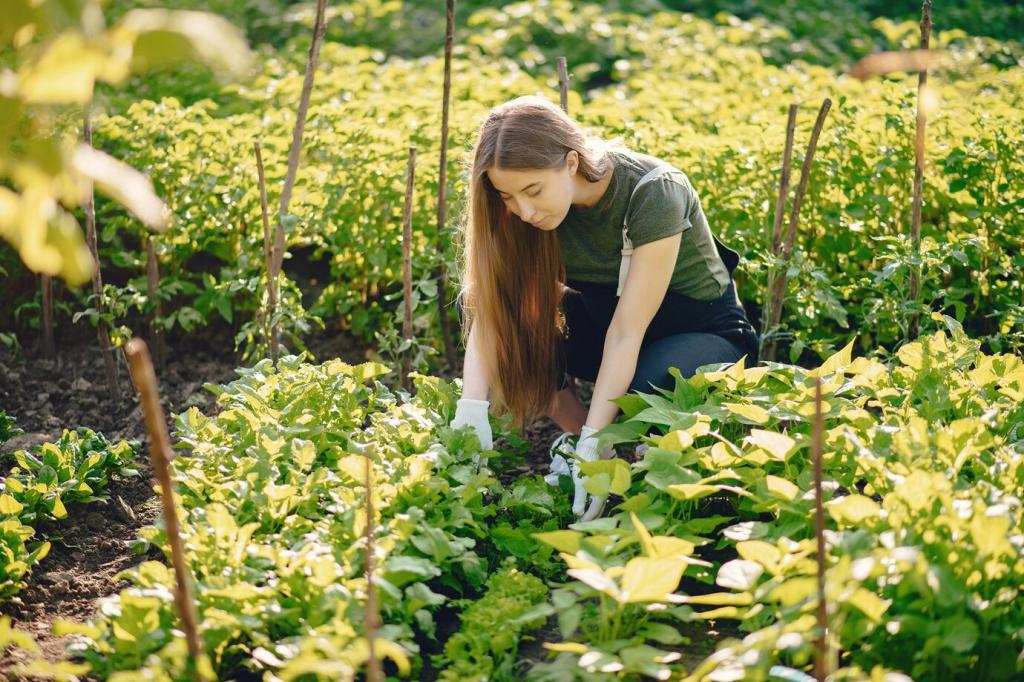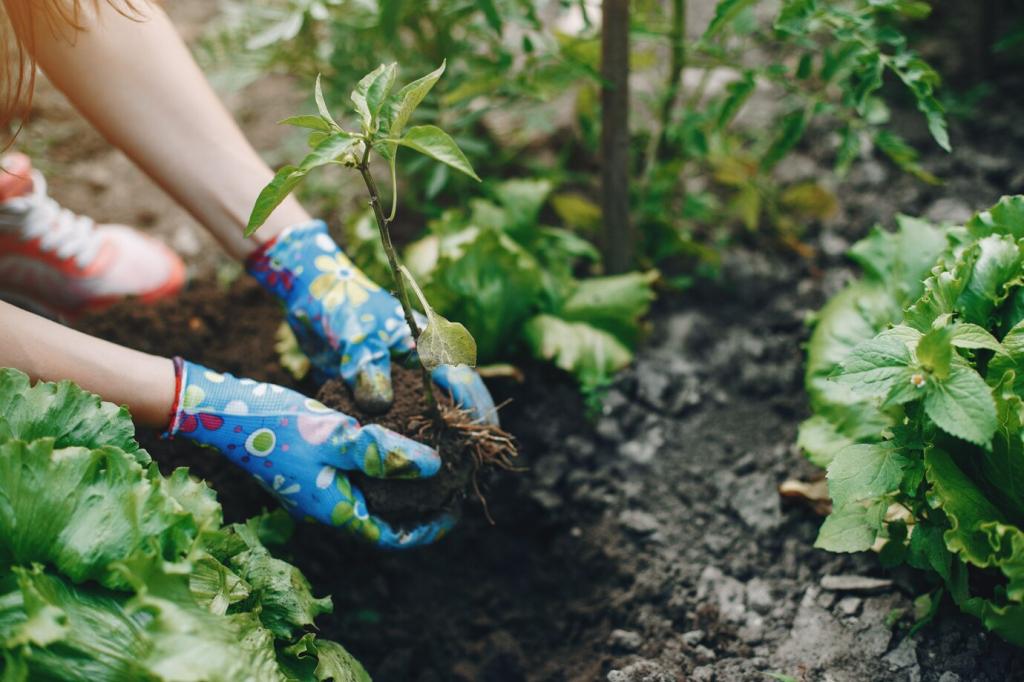Companion Planting Techniques for Productive Culinary Gardens
Companion Planting Basics for Flavor-Forward Gardeners
Companion planting works because aromas mask pest signals, roots occupy different soil layers, and growth timing reduces direct competition. These subtle synergies boost resilience, intensify flavor, and keep harvests steady across changing weather and kitchen needs.


Tomato Guild Masterclass
Aromatic compounds like linalool and eugenol can distract pests while enhancing perceived tomato flavor. Plant basil at the drip line, not against stems, harvest frequently, and keep airflow open to reduce disease pressure without sacrificing fragrance.
Tomato Guild Masterclass
French marigolds (Tagetes patula) release thiophenes that disrupt certain root-knot nematodes. For best effect, grow a dense patch ahead of tomatoes or interplant generously, then chop-and-drop before heavy fruiting to enrich soil without crowding roots.



Legumes with Leafy Greens
Peas or bush beans collaborate with rhizobia to fix nitrogen, easing the hunger of lettuce, chard, and kale nearby. Inoculate seeds where needed, water consistently, and cut legume stems at soil level after harvest to leave microbe-rich roots.
Dynamic Accumulators, Pragmatically
Comfrey’s accumulator status sparks debate, yet its deep roots mine minerals and produce abundant biomass. Use chop-and-drop around peppers and herbs, and let borage support pollinators and trace nutrient cycling without shading young, light-hungry transplants.
Living Mulches and Root Architecture
Low clovers between paths act as living mulch, cooling soil and suppressing weeds. Trim during seedling establishment, and pair with deep-rooted companions so water and nutrients are shared rather than stolen at crucial growth stages.
Designing High-Flavor Beds
Use a light canopy, a productive middle, and a protective groundcover. Train tomatoes upward, slot peppers or basil mid-level, and carpet with thyme or strawberries to buffer soil, reduce splash, and keep flavors within daily picking distance.
Designing High-Flavor Beds
Sow radishes as quick markers for slow-germinating carrots. Harvest radishes early to loosen soil and free light just as carrots surge, while adjacent onions keep scent camouflage consistent across the transition period.


Seasons, Rotations, and Timing
Pair peas with spinach and scallions in early spring. Pea vines cast dappled shade as days warm, keeping spinach tender, then hand the trellis to beans or cucumbers when cool-season greens retire gracefully.
Try a compact Three Sisters remix: dwarf corn for structure, pole beans for nitrogen and pods, and zucchini for living mulch. In small beds, swap corn for sunflowers to host beans without overwhelming precious sunlight.
Between heavy feeders, sow buckwheat or phacelia to energize soil life and draw pollinators. Mow before seed set, mulch in place, and replant herbs or greens into a revitalized, companion-ready surface for the next round.

